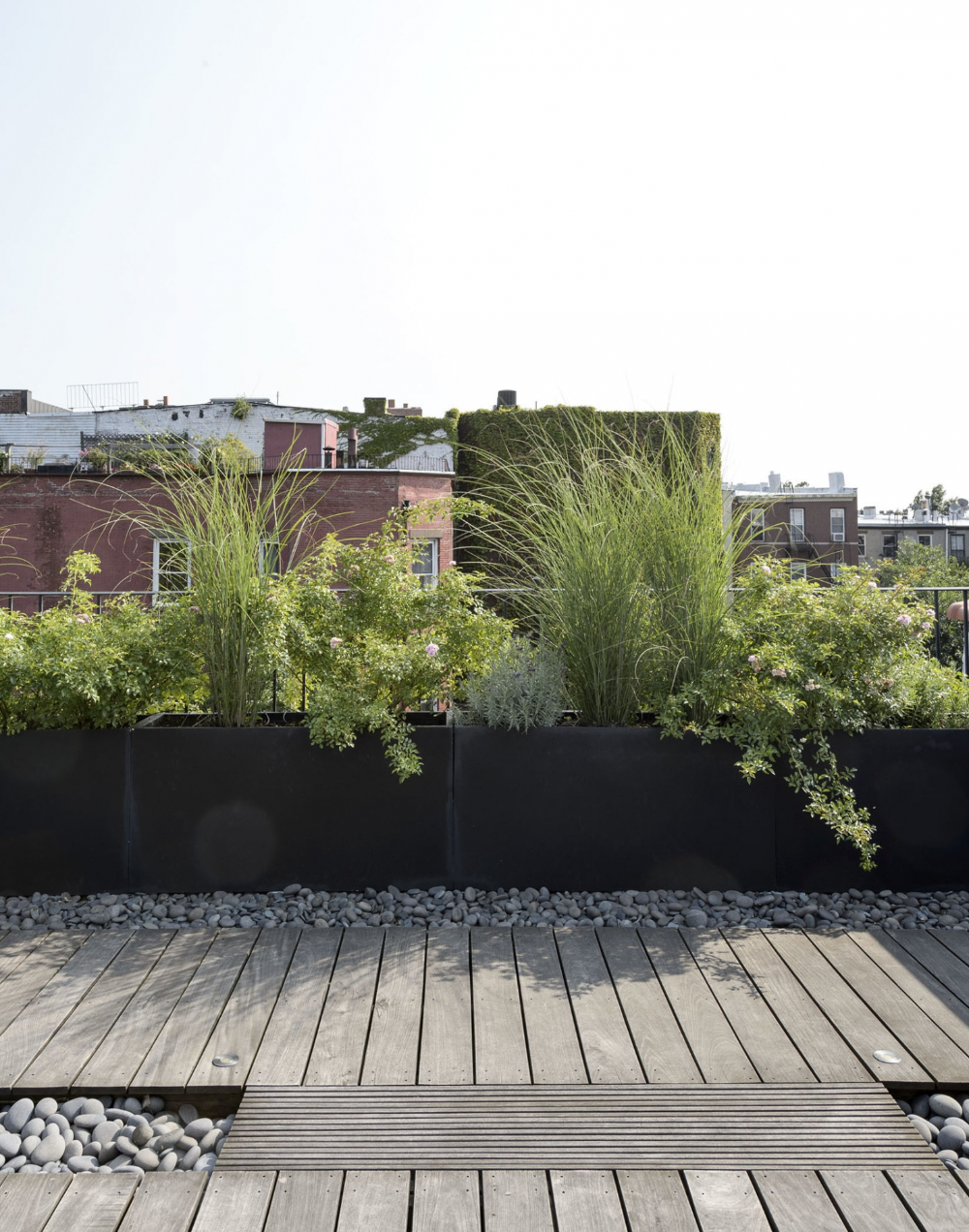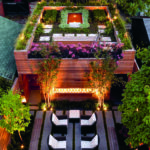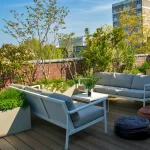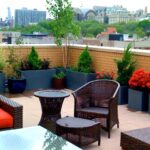Roof gardens are a popular trend in urban areas, providing a green and lush oasis in the midst of concrete jungles. Designing a roof garden requires a thoughtful approach to make the most of the limited space available. One key consideration is the weight that the roof can bear, as soil, plants, and structures can add considerable weight. Consulting with a structural engineer is essential to ensure the safety and stability of the garden.
When designing a roof garden, it is important to consider the climate and location of the building. Plants that thrive in the local climate and sunlight conditions should be selected to ensure their health and longevity. Additionally, choosing plants that are drought-resistant can help reduce maintenance requirements and water usage. Incorporating a mix of native plants, shrubs, and trees can create a diverse and vibrant rooftop ecosystem.
The layout of a roof garden is crucial to maximizing the available space and creating a visually appealing design. Creating different zones for seating, dining, and gardening can help to define the space and make it functional for different activities. Incorporating raised beds, planters, and trellises can add vertical interest and maximize planting space. Utilizing lightweight materials for furniture and structures can also help to reduce the overall weight of the garden.
Incorporating sustainable practices into the design of a roof garden can help to reduce its environmental impact and create a more eco-friendly space. Installing a rainwater harvesting system can help to collect and store water for irrigation, reducing the need for municipal water sources. Choosing porous materials for walkways and surfaces can help to reduce stormwater runoff and improve water infiltration. Additionally, incorporating compost bins and recycling stations can help to reduce waste and create a more sustainable garden.
Lighting is an important consideration when designing a roof garden, as it can extend the usability of the space into the evening hours. Incorporating energy-efficient LED lighting can help to create a warm and inviting atmosphere while reducing energy consumption. Lighting paths and seating areas can help to create a safe and comfortable environment for evening gatherings. Additionally, incorporating solar-powered lights and fixtures can help to reduce the garden’s energy consumption and environmental impact.
Overall, designing a roof garden requires a thoughtful and creative approach to make the most of the available space. By considering factors such as weight limitations, climate, layout, sustainability, and lighting, a rooftop garden can be transformed into a beautiful and functional outdoor oasis. With careful planning and attention to detail, a roof garden can provide a peaceful retreat and a connection to nature in the heart of the city.
















